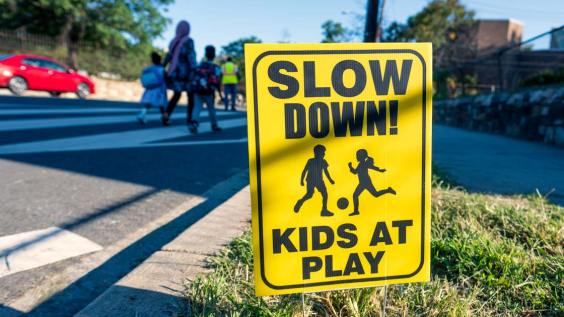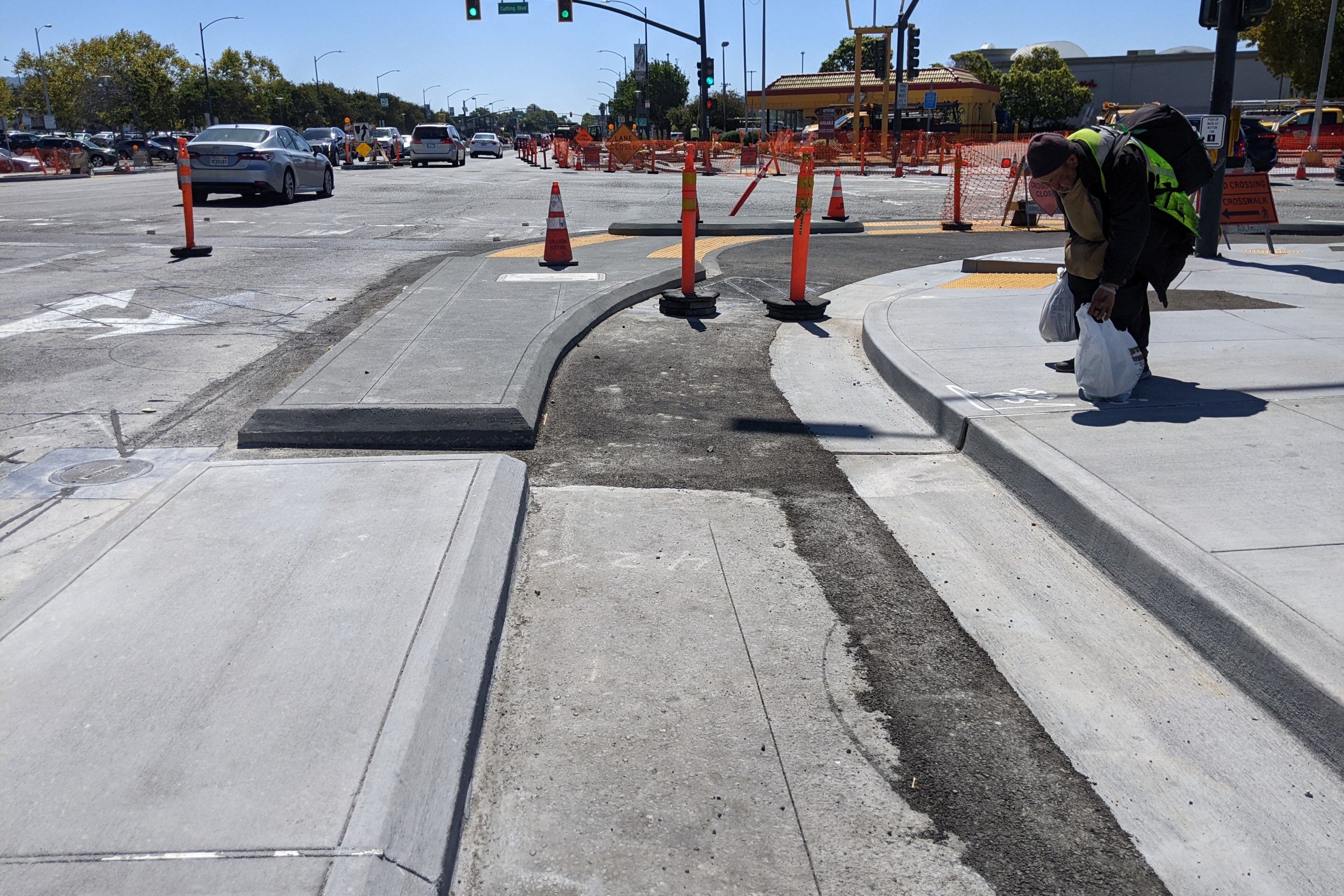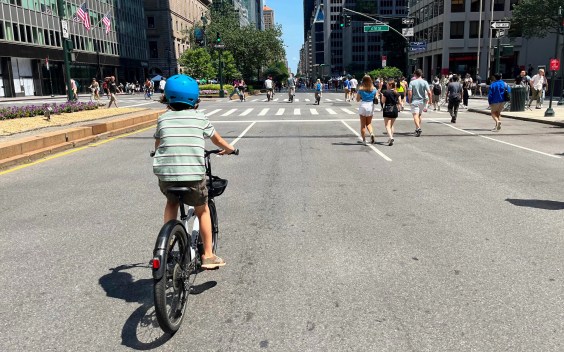If the U.S. had a national transportation policy, this story of corruption and waste never would have happened.

But an enduring feature of the current policy predicament is that once federal funding is in the hands of state DOTs, they more or less have a blank check, and the merit of any given transportation project often matters less than who’s boosting it. In no state is this more apparent than Texas. And no Texas transportation project has been bought-and-paid-for so unabashedly as the Grand Parkway.
The Grand Parkway is Houston’s $5.2 billion, 180-mile third outerbelt. This September, Texas DOT broke ground on the newest segment of the highway,funded in part with money from the 2009 stimulus package. Constructed piecemeal over decades through largely undeveloped land outside one of the nation’s fastest growing cities, the Grand Parkway is a pointed demonstration of how a state can fritter away billions in federal transportation funds for the benefit of a small group of well-connected people.
In April, when Streetsblog interviewed Billy Burge, head of the pro-highway, non-profit Grand Parkway Association, he conceded that the outerbelt’s latest expansion — Segment E, through the Katy Prairie — wasn’t even intended to handle increased traffic. He was pretty clear that the project was about enabling the development of rural land into large-lot, detached single-family homes. “You can call it sprawl, or you can call it quality of life,” he said.
But Burge didn’t mention that before becoming head of the Grand Parkway Association, he had cashed in on that growth as a developer. Or that, thanks to a special Texas regulation, the Grand Parkway Association had been granted quasi-governmental powers. That’s just how it goes in Texas, where the businessmen fund the politicians, the politicians appoint the businessmen to public office, and the office holders funnel taxpayer funds to projects that enrich their business interests.
The Grand Parkway was first conceived as a futuristic, pie-in-the-sky, long-term vision in the 1960s, whenmagic highway delusions reached their apex in America. But the plan was largely forgotten by the time Billy Burge Jr. and Bob Lanier, both major landowners along the corridor, teamed up to resurrect it in 1984.
At the time, Lanier, who would go on to become Houston’s mayor, owned 1,700 acres along the proposed Parkway. He was also the head of the Texas State Highway Commission, the five-member decision making arm of Texas DOT.
Burge was serving as the head of Metro, Houston’s transit authority. He was also the developer of Cinco Ranch, a five-square-mile master-planned community that is now home to 11,000 people. The first segment of the Grand Parkway directly bisected Burge’s development.




